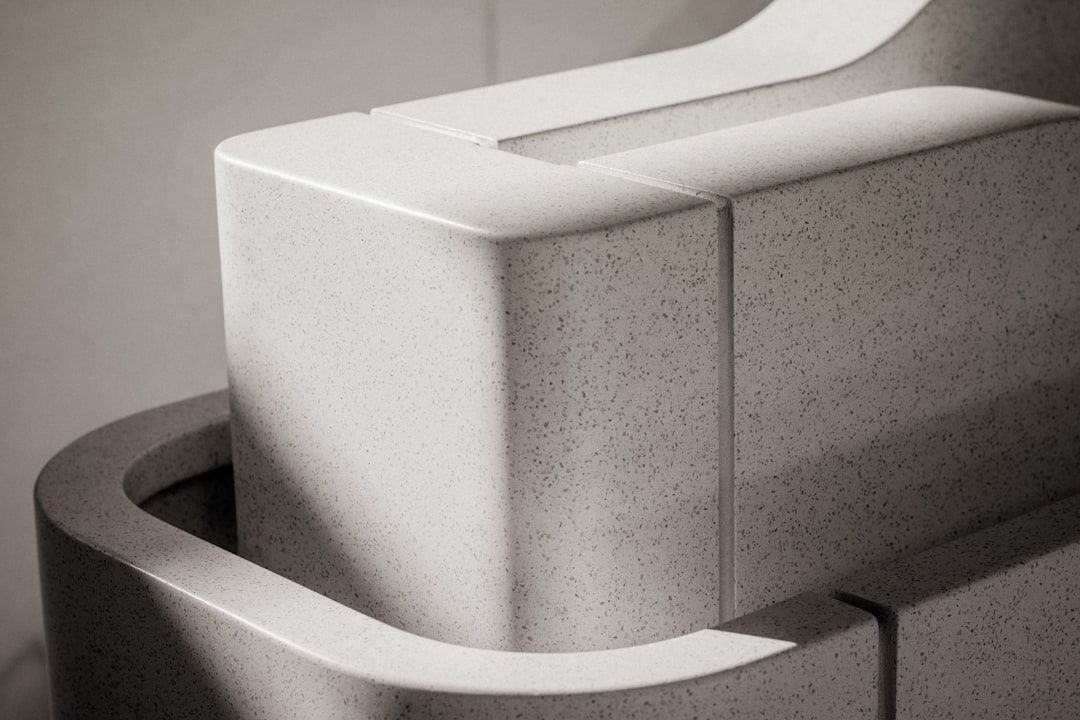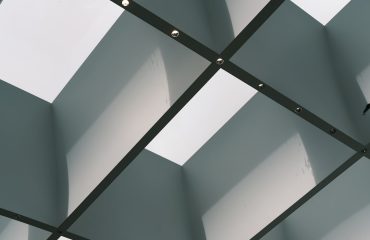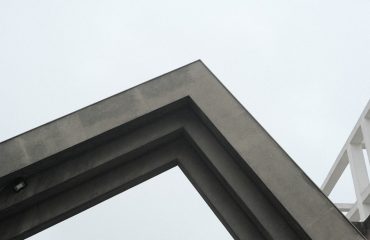Steel homes are rapidly gaining popularity, offering a unique blend of strength, durability, and design flexibility. This comprehensive guide delves into the world of steel home design, exploring the various aspects to consider when embarking on this exciting building journey.
The Unmatched Strength and Durability of Steel Homes
Steel’s inherent strength is a game-changer in home construction. Unlike traditional wood-framed homes, steel structures are incredibly resistant to damage from natural disasters like hurricanes, earthquakes, and wildfires. Their robust framework provides superior protection against strong winds and seismic activity. The high tensile strength of steel also means that thinner framing members can be used, resulting in larger, more open floor plans with minimal interior support columns. This translates to more usable living space and a feeling of spaciousness that’s hard to achieve with other building materials. Moreover, steel is naturally resistant to pests like termites and rot, eliminating significant maintenance concerns associated with wood.
Aesthetic Versatility: Styling Your Steel Dream Home
Contrary to the misconception that steel homes are cold and industrial, they offer remarkable aesthetic versatility. The steel framing can be clad in a variety of materials, allowing for a wide range of architectural styles. You can achieve a rustic look with wood siding, a sleek modern aesthetic with stucco or fiber cement panels, or a charming farmhouse feel with brick veneer. The possibilities are virtually limitless. The interior design is equally flexible, allowing you to seamlessly integrate any style, from minimalist modern to cozy traditional, depending on your preferences and lifestyle. The clean lines of the steel framing can even be incorporated as a striking design element, showcasing the structural integrity of the home.
Sustainable Steel: Eco-Friendly Considerations
Steel is a remarkably sustainable building material. It’s highly recyclable, and a significant portion of the steel used in construction comes from recycled sources. The manufacturing process, while energy-intensive, is becoming increasingly efficient, reducing its overall environmental impact. Furthermore, the durability of steel homes translates to a longer lifespan, reducing the need for frequent repairs and replacements compared to other building materials. This longevity contributes to a smaller overall carbon footprint over the home’s lifetime. Many builders are also incorporating sustainable practices into the construction process, such as using energy-efficient insulation and appliances, further enhancing the eco-friendliness of steel homes.
Cost-Effectiveness and Construction Timelines
While the initial cost of steel framing might seem higher than traditional wood framing, the long-term cost-effectiveness is undeniable. The increased durability and resilience to damage translate to lower maintenance costs over the home’s lifespan. Furthermore, steel homes are often quicker to build. The precision of steel framing allows for faster assembly, potentially reducing labor costs and overall construction time. This can be a significant advantage for those looking to move into their new home as quickly as possible. However, it’s essential to obtain detailed cost estimates from multiple builders to accurately compare the overall expense of steel versus traditional construction methods.
Innovative Design Trends in Steel Home Architecture
Steel home design is constantly evolving, with architects pushing boundaries and incorporating innovative techniques. One emerging trend is the integration of large windows and expansive glass walls to maximize natural light and create a seamless connection between indoor and outdoor living spaces. The strength of steel allows for the construction of larger, unobstructed openings, creating stunning architectural features. Another trend is the use of prefabricated steel components, which further accelerates the construction process and enhances precision. These prefabricated sections are manufactured off-site and then assembled on-site, reducing construction time and waste. Furthermore, the use of advanced steel alloys and coatings is enhancing the material’s resistance to corrosion and improving its overall performance.
Building a steel home is a significant investment, but the long-term benefits – strength, durability, sustainability, and design flexibility – make it a compelling option for discerning homeowners. By carefully considering the factors outlined above, you can make informed decisions and create a steel home that perfectly reflects your style and lifestyle.
Tags: Steel homes, steel home design, modern steel homes, sustainable homes, prefab steel homes




